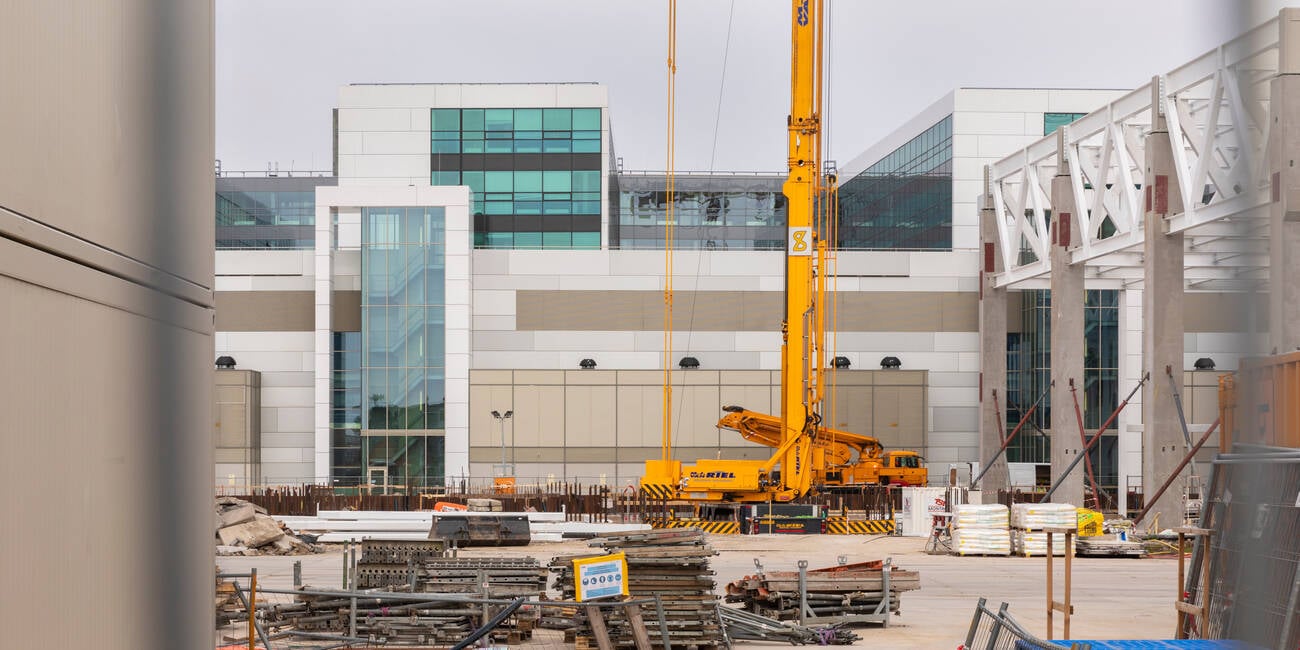A wind turbine generates electricity at the Block Island Wind Farm on July 7, 2022 near Block Island, RI.
John Moore/Getty Images
hide caption
toggle caption
John Moore/Getty Images

A wind turbine generates electricity at the Block Island Wind Farm on July 7, 2022 near Block Island, RI.
John Moore/Getty Images
As President Biden’s climate ambitions continue to languish in the Senate, he traveled to the site of a former coal power plant in Massachusetts Wednesday to announce new funding designed to help communities bear extreme heat, as well as tout the country’s developing offshore wind industry.
Biden is expected to announce $2.3 billion for the Federal Emergency Management’s Building Resilient Infrastructure and Communities initiative, which supports projects in communities designed to reduce the risks posed by extreme weather events.
Heat is the biggest weather-related killer of Americans, according to the Environmental Protection Agency. Last year’s extreme heat wave that gripped the Pacific Northwest is estimated to have killed more than 1,000 people in the United States and Canada.

As NPR has previously reported, the impact of extreme heat is not felt uniformly. In American cities, residents of low-income neighborhoods and communities of color endure far higher temperatures than people who live in whiter, wealthier areas.
Biden is also expected to announce a change to the Low Income Home Energy Assistance Program that will allow states to use program funding to establish cooling centers and defray the cost of cooling equipment for poorer Americans.
Promoting the offshore wind industry
The Brayton Point Power Plant, where Biden is to deliver his address, was once the largest coal powerplant in the northeast, a White House official said. Now the site serves as manufacturing center for the wind industry.
Today’s speech follows last month’s announcement by the White House of a new “federal-state offshore wind implementation partnership” intended to grow the industry.
“The partnership will support efforts to provide Americans with cleaner and cheaper energy, create good-paying jobs, and make historic investments in new American energy supply chains, manufacturing, shipbuilding, and servicing,” the administration said in a statement.

Biden’s climate remarks have largely focused on the energy transition as a tool to boost the number of quality, unionized trade jobs while furthering his ambitious climate promises.
These measures won’t achieve Biden’s broader goals
The president has set a goal of slashing greenhouse gas pollution by 50 percent from 2005 levels in over the next seven to eight years. He has also committed to a zero-emissions power sector by 2035. The targets are seen by experts as in line with what’s needed to curb the worst effects of climate change and on par with the United States international commitments.
But today’s announcements are marginal compared to what is needed to reach those goals and Biden’s largely, legislative ambitions continue to stagnant in the face of opposition from Sen. Joe Manchin, a conservative West Virginia Democrat.
Manchin has received more money from the oil and gas industry in the last year than any other member of Congress, according to the nonpartisan tracking group OpenSecrets.
The longer climate initiatives are delayed, the more drastic the initiatives need to be to achieve the goals set by the president.

Today’s announcements also fall short of the executive measures progressive activists hope to see from the White House hope to see from the White House, including the declaration of a “climate emergency” that they believe would give the administration ability to better leverage the federal government’s vast reach to curb emissions.
At a Tuesday briefing, White House press secretary Karine Jean-Pierre said that the move is still under consideration and could come in the future.
Additional reporting by Deepa Shivaram.

















Discussion about this post